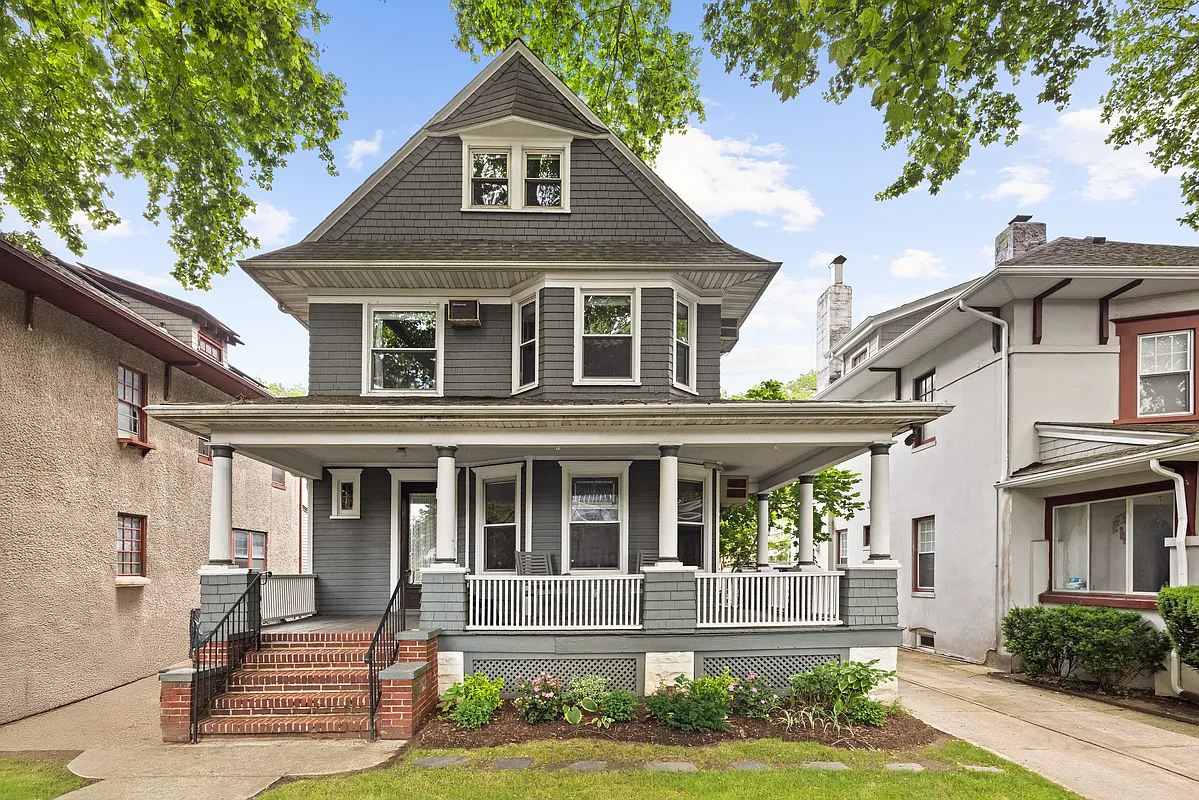Past and Present: Downtown’s Star Theater on Jay Street
A look at Brooklyn, then and now. Investigating the history of a Brooklyn block can be like peeling an onion, there are often layers of discovery on one plot alone. When you are talking about an area that has changed as much as Downtown Brooklyn has, it shouldn’t be surprising that the story has many…

A look at Brooklyn, then and now.
Investigating the history of a Brooklyn block can be like peeling an onion, there are often layers of discovery on one plot alone. When you are talking about an area that has changed as much as Downtown Brooklyn has, it shouldn’t be surprising that the story has many facets. I lived here long enough to see some of the changes, but was totally surprised to learn about others. Amazingly, there is a photographic record for much of it. Here’s the story:
As we know, the Downtown Brooklyn area was the commercial and social hub of Brooklyn for over 160 years. Brooklyn’s commercial, banking and civic center grew and spread from the Fulton Ferry and Dumbo area, following Fulton Street up to Montague Street, and spreading from there to what is now Downtown Brooklyn. Fulton Street became a busy shopping district, peppered with restaurants and theaters. The earliest buildings on Fulton Street, with brownstone storefronts in the Italianate style, date back to the 1850s and 60s. Many are still standing tall, although some are totally obscured by modern signage.
Jay Street was an important north/south street, connecting the piers and the waterfront to the densely populated residential area called Vinegar Hill, which was much larger than what exists now, to Fulton Street, and beyond. Much of the area was destroyed when the Brooklyn and Manhattan Bridges were built, and by the end of the 19th century, the entire Downtown area was crisscrossed by elevated train lines and surface trolleys, making this one of the busiest and most crowded parts of New York City. What a perfect place for a theater.
The Star Theater was the dream theater of its owner, John W. Holmes. The Brooklyn Eagle announced in July of 1890 that this splendid new theater at 389-397 Jay Street, between Fulton and Willoughby, would be opening that fall. The theater was touted as being one of the most fireproof in existence, as well as one of the most elegant and accommodating of its day. Holmes thought of everything, he even had rows of extra-wide seats installed for more portly customers. In an interview with the Brooklyn Eagle, Holmes told the reporter that he had saved the money for this theater through a lifetime of thrift and diligence, and that it would be a theater like no other.
In reality, Holmes was in the entertainment business, and already owned the Standard Museum, a cabinet of curiosities on Fulton Street. In 1884, he made news when a rattlesnake on display killed its handler, and then a few weeks later, his prize anaconda snake was killed by its cage-mate, a boa constrictor. The late snake handler had been in charge of feeding both snakes, and since his death, the boa hadn’t been fed correctly. Hughes himself had tried to pull the two apart unsuccessfully, but did have both the rattler and the anaconda stuffed and on display.
At any rate, the new Star Theater opened with great fanfare in September of 1890. Its first production was a melodrama called “The Canuck,” and it would continue with such popular fare for a few years. The house had a seating capacity of 2,238 people. The house was tastefully done in light colors, with terra-cotta trim and silk draperies. It was lit by electricity, and was designed with a large backstage area to store sets that could be rolled into place. The floor was covered with soft carpets, even in the standing room area.
Six years later, in 1896, Hughes sold the theater to Hyde & Behman, one of New York’s largest vaudeville management companies, and the Star became a vaudeville and high class burlesque house. The shows were run with a new concept called the “Burlesque Wheel,” which rotated new shows weekly with the other theaters in Brooklyn and Manhattan that were also part of the wheel, giving customers new shows every week, guaranteeing repeat audiences. The wheel had over 66 theaters signed up, so there were always new shows. It was highly successful.
However, tastes change, and nothing in entertainment lasts forever. Vaudeville and burlesque couldn’t compete with motion pictures, and one of Brooklyn’s largest movie houses was right around the corner, with three more, including the gigantic Fox Theater, within easy walking distance. The Star had gone through several owners by this time, and in 1932 went bankrupt again, and was placed in receivership to a Manhattan bank. They leased it out again, to a much lower class burlesque enterprise, and the theater stayed open until 1942. The newspapers said that the “girlie-girlie shows” were finally shut down that year, a “victim of Mayor LaGuardia’s drive to purify the city of burlesque for the protection of our boys in uniform.”
The theater wouldn’t die, however, and reopened later that year with a show called the “Laff Parade,” a variety show with comedians, dancers, singers and other performers. In 1945, the stage was leased to an Italian grand opera company, and began to feature the plays of a new Brooklyn repertory theater troupe called the New York Dramatic Players. Alas, that would not save the theater from commerce.
In 1946, the building was sold to the Fulton Savings Bank, which tore down the theater and built a modern new branch here. The Fulton Savings Bank was the new face of the old Germanic Savings Bank, begun in 1867 by German-American businessmen. The name was changed in 1918, most likely because of America’s involvement in World War I. The new Fulton Savings Bank was growing, with new branches throughout Brooklyn, and this would be their new Downtown Branch, as their old headquarters was in the path of the Civic Center and Court Buildings going up in Cadman Plaza.
The new building was opened with great fanfare in 1954. It was a modern, concrete structure in the new Modernist, or some might call this Brutalist, style. The bank was a fixture on Jay Street, until Fulton Savings Bank was acquired by Crosslands Savings Bank in 1978. By the 1980s, the bank was a Metropolitan Savings Bank, but that went under as well, and in 1996, the building was sold again, and turned into multiple retail stores, including a Subway. Today, no one except long time Brooklynites would remember the Fulton Savings Bank, although all of the original lines of that building are still there. And very, very few would remember the Star. Good thing we have pictures. GMAP









Thanks for this interesting piece. So it took them from 1946 to 1954 just to turn a three story building into a one story replacement? A shame, in any case.